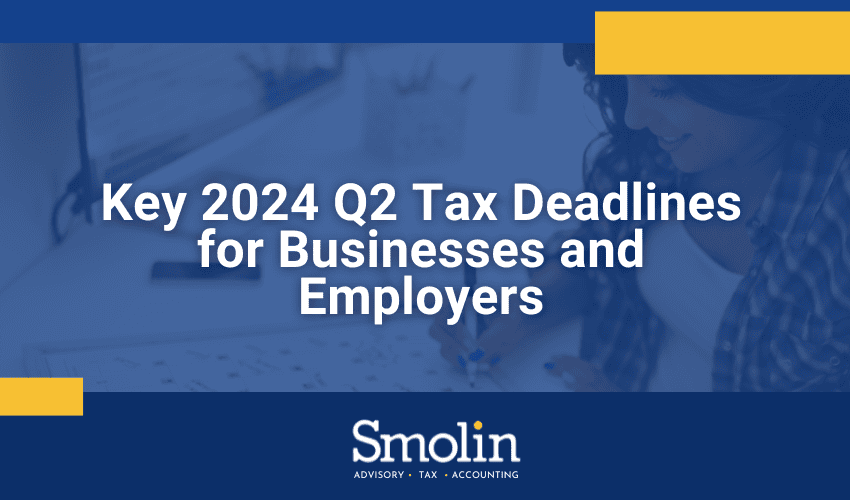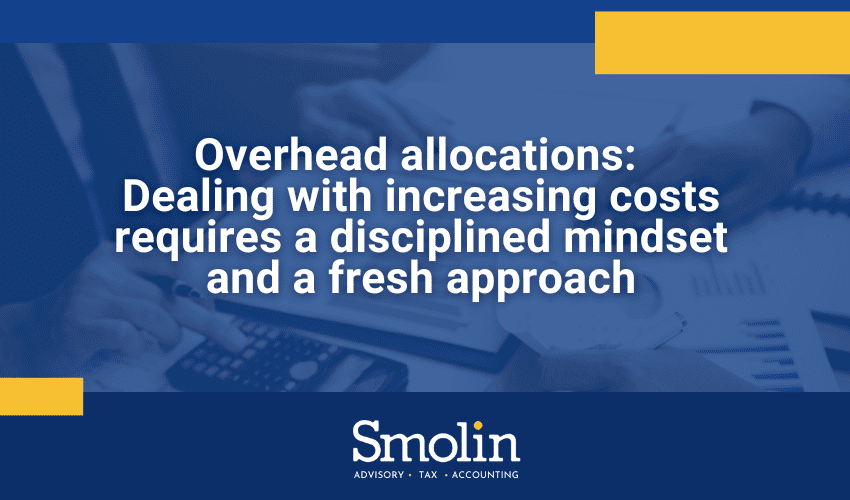During fieldwork, external auditors dedicate many hours to evaluating the way businesses report work-in-progress (WIP) inventory. Why is this so important? And how do auditors decide whether WIP estimates are realistic and reasonable?
Determining the value of WIP
Depending on the nature of their operations, companies may report a variety of categories of inventory on their balance sheets. For companies that convert raw materials into finished products for sale, WIP inventory is a crucial category to track.
WIP inventory refers to unfinished products at various stages of completion. Management must use estimates to determine the value of these partially finished products. By and large, the more overhead, labor, and materials invested in WIP, the greater its value.
Typically, experienced managers use realistic estimates. However, inexperienced or dishonest managers may inflate WIP values. This makes a company appear more financially healthy than it is by overstating the value of the inventory at the end of the period and understating the cost of goods sold during the current accounting period.
Assessing costs correctly
How companies assign cost to WIP largely depends on the type of products they produce. For example, a company that produces large amounts of the same product will often allocate costs as they complete each phase of the production process. If the production process involves six stamps, the company might allocate one-third of their costs to the product at step two. This is called standard costing.
Assessing the cost of WIP becomes a bit more complicated when a company produces unique products, like made-to-order parts or the construction of an office building. A job costing system must be used to allocate overhead, labor, and material costs and incurred.
Auditing WIP
Financial statement auditors examine the way that companies allocate and quantify their costs. The WIP balance increases under standard costing based on the number of steps completed in the production process. Thus, auditors analyze the methods used to quantify a product’s standard costs and the way the company allocates those costs to each phase of the process.
Under a job costing framework, auditors review the process to allocate overhead, labor, and materials to each job. Specifically, auditors test to make sure that the costs assigned to a particular project or product correspond to that job.
Revenue recognition
Auditors perform additional audit procedures to ensure a company’s recognition of revenue is in compliance with its accounting policies. Under standard costing, companies usually record inventory—WIP included—at cost. Then, revenue is recognized once the company sells the products.
When it comes to job costing, revenue is recognized based on the percentage of completion or completed-contract method.
Questions? Smolin can help
Whichever method you use, accounting for WIP dramatically impacts your business’s income statement and balance sheet. If you need help reporting WIP properly, reach out to your Smolin accountant. We’re here to help.






